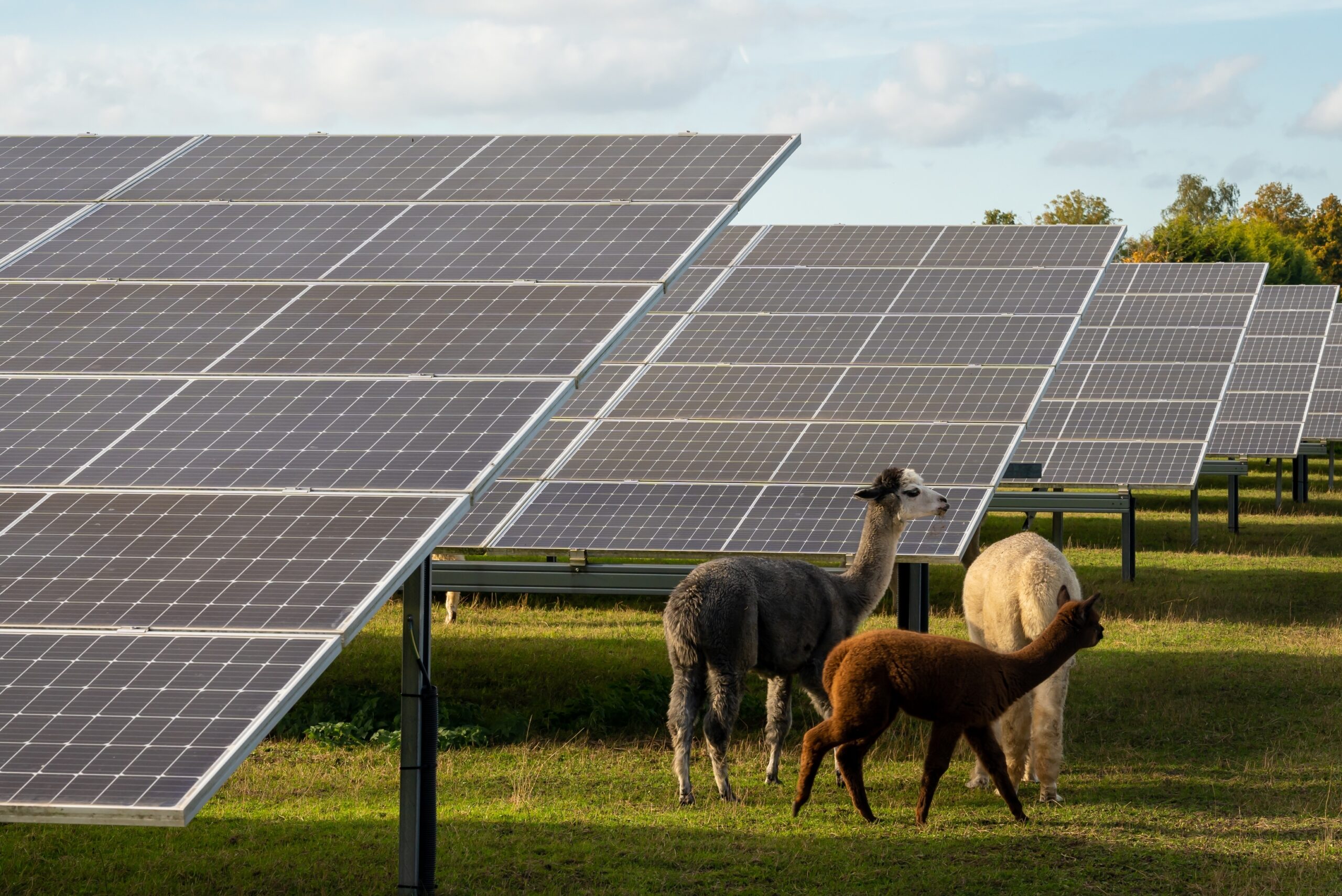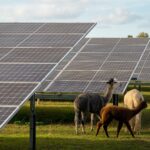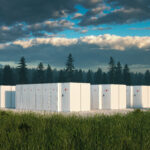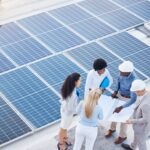When a landowner signs a lease agreement for a solar development, the land is available for use until the development receives final approval and is under construction. The Option Period and Diligence Period can take between 2-4 years. The owner receives payments (usually quarterly) during this time as compensation for holding the option on the property. The landowner can continue to use the property for any purpose during this time and owns any cash crops that might be raised and harvested. The only constraint on the land is that no new structures can be built.
Most landowners assume that once built, a solar farm has a single use – energy production. But that’s not necessarily the case. Some farmers opt to grow crops among the solar panels; some even raise livestock. Here’s what you need to know.
Growing Crops: Agrivoltaics
The term for growing crops on a solar farm is Agrivoltaics, which means using land for both solar energy and crops. This practice benefits farmers, in some cases increasing yields, reducing water use, and adding another income stream to energy production. According to sustainability publication The Momentum, a study by Oregon State University’s Department of Biological and Ecological Engineering indicates that solar projects have shown the most promise when paired with leafy greens (lettuce and spinach) and root crops (potatoes, radishes, beets, and carrots). Of course, the success of any crop is also dependent on planting in the right climate and soil type. Remember that the solar panels may also be shading crops, so shade-hardy plants may be the best choice.
The crops growing under the solar panels may also keep them cooler. They also lower operations and maintenance costs by limiting the need for mowing. The downside is that the cost for installation may be higher since the panel supports will need to be configured to allow crop space. Landowners and developers must also consider worker safety and liability issues when designing an agrivoltaic project.
Sheep: Solar's Perfect Pair
The issue of mowing costs, though, raises the possibility of workers who mow more efficiently than almost any equipment. Many solar developments have successfully employed grazing sheep to keep the land cropped. It turns out that sheep are the perfect height to fit under and around solar panels and can be stocked at the same density as they would be on a field without any panels.
According to BP’s Lightsource blog (dedicated to solar energy issues), “sheep also have just the right appetite for grass and weeds. The sheep efficiently keep the grass and weeds in check, reducing the need for time-consuming, costly, and environmentally unfriendly manual, chemical, or mechanical methods. This ensures clear access to sunlight, allowing solar panels to operate at their maximum efficiency.”
Lightsource BP says that the solar panels help keep the sheep cool. In an Australian study, the sheep living in a solar development spent more time sheltering, resting, and grazing. They also spent less time standing idle, which can be an indicator of poor animal welfare (bored sheep are less healthy sheep). These benefits may even result in more and better-quality wool, according to the study.
The sheep’s output will also fertilize ground cover, which in some developments may protect against runoff and erosion, as well as benefit birds and insects.
Prior Approval
Adding live or agricultural stock to a solar farm is a way for farmers to increase their income, diversify and maintain the local farming culture, and significantly reduce developers’ maintenance costs. It’s an option worth considering if your land is viable for a solar project.
Clark Merritt, Scout Land Consultants’ VP of Land Acquisition, says that most developers are open to some type of dual use as long as it doesn’t damage or degrade the panel performance: “If it’s of interest to the landowner, we can certainly broach the topic with the developer. That’s the right way to do it. All parties need to be clear with their intentions prior to any lease being signed.”
If you’re interested in leasing your property to a solar developer and maximizing the productivity of your land, take our solar quiz. Or contact us today for a complimentary site evaluation.






